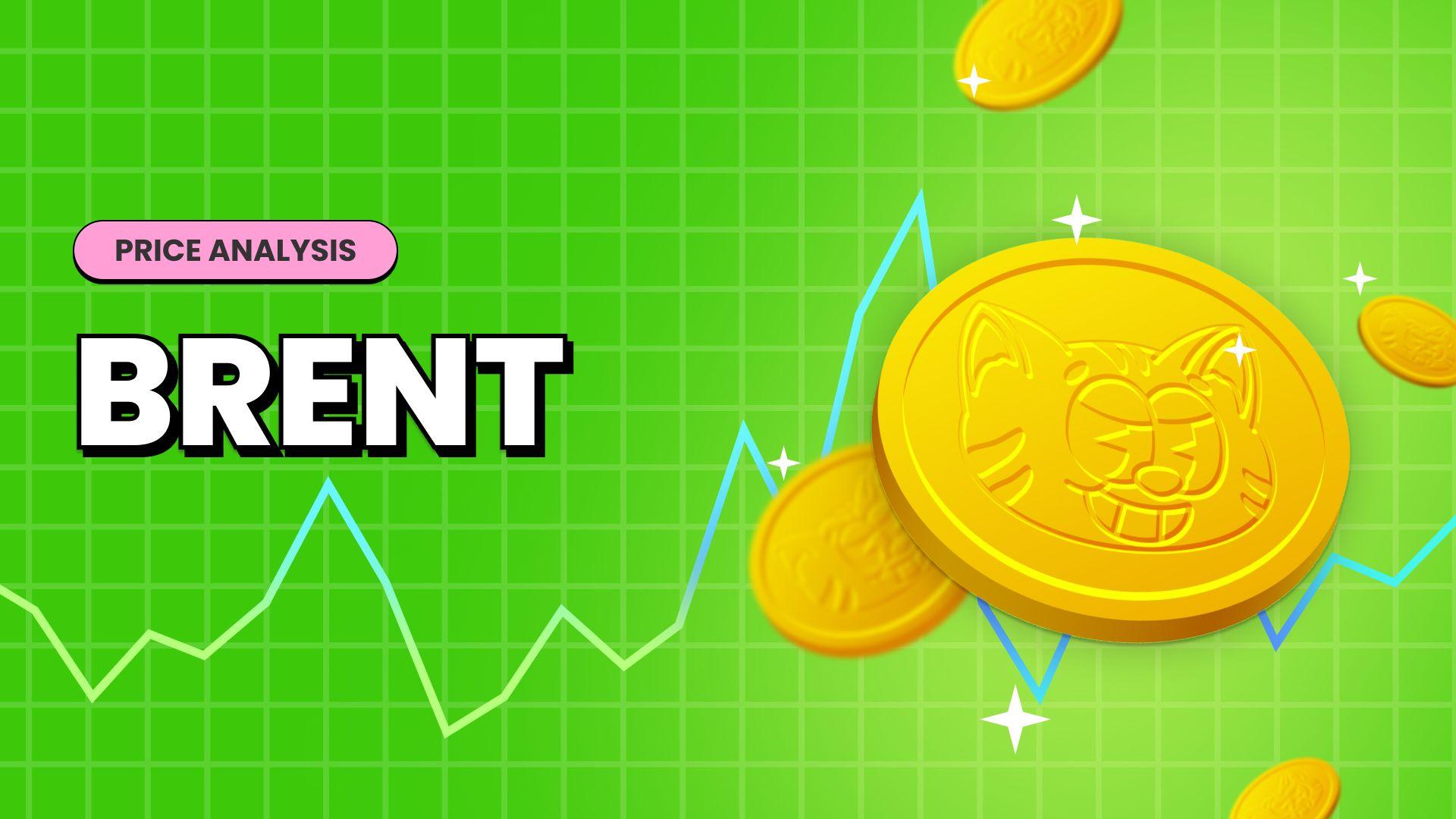Brent Crude Oil Prices Retreat Above $88.50 Per Barrel, Demand Destruction Fears Uplift Oil Prices






- Brent crude oil prices gained positive traction on Friday and retreated above $88.50 per barrel
- Today's advance motivated mainly by oversold technical conditions
- The oil demand continues to be determined by the dominant theme of demand destruction -a direct result of aggressive monetary policy tightening
- China's extended lockdown in Chengdu continues to weigh on oil prices

Brent Crude Oil Prices retreated above $88.50 on Friday during the early Asian session after dropping to nearly $88.17 Per barrel in the previous session as fears of oil demand softening amid rate hikes increase and surging inflation fizzled out.
Earlier on Thursday, Crude prices edged up about 1% after dropping to a seven-month low in the prior session(Asian session) as some technical traders bought the dip and Russia threatened to halt oil and gas exports to some buyers.
That price increase came despite a surprise build in U.S. crude inventories, news that the United States was weighing the need for more crude releases from strategic reserves. China's concerns about COVID-19 lockdown extensions and rising global interest rates would slow economic activity and fuel demand.

U.S. crude stockpiles surged by nearly 9 million barrels last week due to increased imports and ongoing releases from government emergency reserves, the Energy Information Administration said (EIA). The hefty build compares with the 250,000-barrel draw analysts forecast in a Reuters poll and data from American Petroleum Institute (API) industry group showing a 3.6 million barrel increase (API).
"Most of that oil in that build came from the Strategic Petroleum Reserve. The quicker we empty the SPR, the bigger the draws will be in the future," said Phil Flynn, an analyst at Price Futures Group. U.S. Energy Secretary Jennifer Granholm said Joe Biden's administration was weighing the need for further releases of crude oil from the nation's emergency stockpiles. Brent futures rose $1.15, or 1.3%, to settle at $89.15 a barrel, while U.S. West Texas Intermediate (WTI) crude rose $1.60, or 2.0%, to settle at $83.54.
"Today's advance ... appears motivated mainly by an oversold technical condition that allowed the complex to shrug off a seemingly bearish crude stock build per the EIA," analysts at energy consulting firm Ritterbusch and Associates said. Prices also drew support from Russian President Vladimir Putin's threat to halt oil and gas exports if European buyers impose price caps.

The European Union proposed capping Russian gas prices, raising the risk of rationing this winter if Moscow poses its threat. Russia's Gazprom has already halted flows from the Nord Stream 1 gas pipeline. Further supporting the advance in oil prices are the proposed oil supply cuts by Opec + for October to stabilize oil prices. Until this point, the organization had attempted to increase the supply of oil to calm surging oil prices. Still, now the biggest threat to the group is declining oil prices along with declining profitability.
Going forward, The oil demand continues to be determined by the dominant theme of demand destruction- a direct result of aggressive monetary policy tightening, which is gaining traction globally. Recently the European Central Bank(ECB) raised its key interest rate by 75bps, its biggest rate hike since 1999, to fight inflation. Earlier this week, the bank of Canada also hiked its interest rates by three-quarters of a percentage point to a 14- year high as expected. It said the policy rate would need to go even higher as it battles inflation.
That said, the Federal Reserve(FED) is also expected to hike its interest rates by 75bps in its upcoming monetary policy committee later this month. An increase in the interest rates by the FED would boost the U.S. Dollar, ultimately pushing oil prices upward. A stronger greenback is generally bearish, making it more expensive for buyers with other currencies in the dollar-denominated oil market.

As we advance, China's extended lockdown in Chengdu for most of its 21 million inhabitants continued to weigh on oil prices, further denting the global oil demand outlook. In the end, this will likely further impact China's economic growth this year. It is worth noting China is the world's largest Oil Importer and a slowdown in domestic growth is likely to affect its major trading partners.

Brent Crude Oil: Four-Hours Price Chart

From a technical perspective, oil prices have retreated above the $88.50 level using a four-hour price chart after a modest pullback from the vicinity of the $87.26 level. Some follow-through buying would lift off spot prices toward testing the next relevant hurdle, which is the 50% and 61.8% Fibonacci retracement levels at $90.62 and $91.49, respectively. The latter coincides with the upper trendline of the falling wedge chart pattern plotted from august 2022 swing highs. That said, a clean break above the aforementioned Fib levels would be a fresh trigger for bulls to continue pushing up the price and pave the way for additional gains.
All the technical indicators on the four-hour price chart display a bearish scenario. That said, The RSI(14) level at 36.3204 level is in bearish territory and is a few levels above oversold conditions. The MACD crossover at the -1.0 level paints a bearish filter. Additionally, The 20 and 50 EMA crossover at the 94.37 level adds credence to the bearish bias.
On the flip side, any meaningful pullback now seems to find some support near the $87.26-$87.73 level. This is followed by the 87.00 round-figure mark(October 2018 and 2021 swing highs), which, if broken decisively, will negate the positive outlook and prompt aggressive technical selling. The downward trajectory could then accelerate toward testing the lower trendline of the falling wedge chart pattern.

